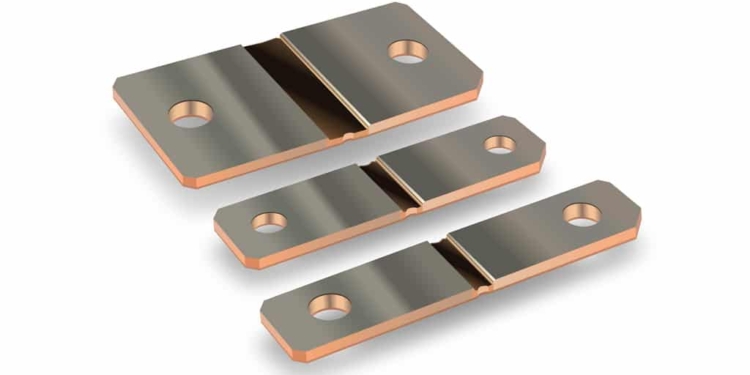Source: Bourns news
RIVERSIDE, Calif., July 24, 2018 – Bourns, Inc., a leading manufacturer and supplier of electronic components, today announced latest current sense resistor families, the Model CSM2F Series.
Adding to Bourns’ range of high powered current sense resistors, this new series is manufactured using a metal alloy element that is electron-beam welded to tinned copper terminals, which gives them excellent electrical characteristics, delivers additional mechanical strength and enables ease of solderability. Another advantage of the new series’ metal alloy current sensing element is that it allows a minimal thermal electromagnetic field (EMF) as low as 0.25 µV/K.
To handle high current requirements with very low resistance, the Bourns® Model CSM2F Series features resistance values as low as 50 milliohms (µΩ), continuous current up to 1000 A and power ratings of up to 50 W. For additional design flexibility, the new devices are available in three different footprint sizes: 8518, 7036, and 6918 Metric. These high power current sense resistors also offer very low drift of resistance with temperature due to its low Temperature Coefficient of Resistance (TCR) of 50 PPM/°C in the 20 °C to 60 °C temperature range.
Current sense resistors are growing in popularity due to their high measurement accuracy and relatively low cost compared to other technologies. They work by detecting and converting current to an easily measured voltage, which is proportional to the current through the device. Current sense resistors are optimal solutions for most market segment applications especially for battery management systems in automotive, industrial and computer electronics designs.
The Bourns® CSM2F family includes three model series: CSM2F-8518 Series, CSM2F-7036 Series and the CSM2F-6918 Series. All products in the family are available now and are RoHS compliant*.































